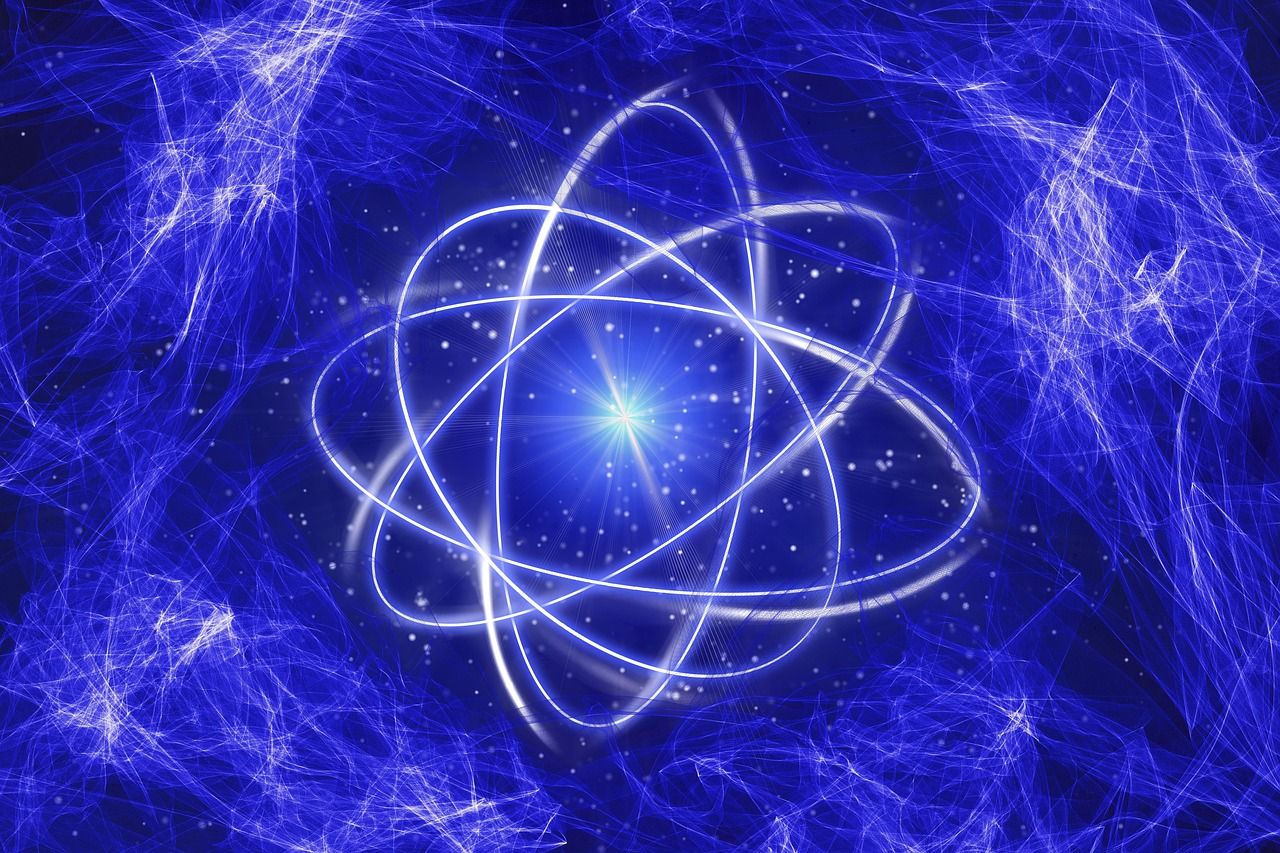⚛️ Cannibal stars, boson stars... astrophysicists describe a vastly different universe
Follow us on Google News (click on ☆)
During this period of matter domination, elementary particles would have clustered into halos that, under the effect of their own interactions, would have undergone gravitational collapse. This process would have led to the creation of various cosmic objects, ranging from primordial black holes to boson stars, including even more exotic structures. These formations would have existed for only a few seconds before transforming or disappearing completely.

Pixabay illustration image
Among these strange objects, cannibal stars stand out for their unique energy mechanism. Unlike classical stars that draw their energy from nuclear fusion, these hypothetical entities would be powered by the annihilation of the particles that compose them. Boson stars, on the other hand, would maintain their cohesion thanks to the quantum properties of their constituents, representing a form of stellar matter completely different from what we know.
The primordial black holes resulting from these collapses exhibit particularly low masses, some equivalent to that of an asteroid. According to the theoretical models developed by the team, some of these micro-black holes could have disappeared quickly through evaporation, while others could constitute a significant portion of the dark matter that cosmologists are still searching for. This diversity of scenarios opens new perspectives for understanding the composition of our Universe.
The implications of this work extend beyond the framework of the first cosmic instants. The researchers emphasize that similar processes could occur today in self-interacting dark matter halos. The study of these phenomena in simple particle models could shed new light on the mechanisms of stellar formation and accretion that shape the evolution of galaxies and cosmic clusters.
Primordial matter halos
Primordial matter halos appear as concentrations of elementary particles that formed in the extremely young Universe. These microscopic structures would have emerged naturally during the brief period when matter dominated the nascent cosmos, long before the first galaxies appeared. Their hypothetical existence relies on cosmological models that describe interactions between fundamental particles under conditions of extreme density and temperature.
The formation of these halos would result from quantum fluctuations amplified by the rapid expansion of the Universe. The particles, interacting with each other, would have created regions slightly denser than their environment. Under the effect of gravity, these overdensities would have gradually intensified, leading to the creation of coherent structures. This process resembles that which forms galaxies today, but at much smaller scales and under radically different physical conditions.
The stability of these halos depended closely on the nature of the interactions between particles. Some models propose that additional forces, beyond gravity and standard interactions, could have played a determining role in their evolution. The lifespan of these structures varied considerably according to their properties, some lasting only fractions of a second while others could persist long enough to influence later stages of cosmic evolution.
The study of these primordial halos offers a unique window into high-energy physics. Their properties could reveal aspects of particle theory that escape terrestrial accelerators. Moreover, their evolution could have left observable signatures in the cosmic microwave background or in the distribution of dark matter, thus providing valuable clues for testing cosmological models.
Gravothermal collapse
Gravothermal collapse describes a process by which a system of interacting particles loses energy and contracts under the effect of its own gravity. In the primitive Universe, this mechanism would have transformed matter halos into compact cosmic objects. Unlike classical gravitational collapses, this phenomenon incorporates thermal effects and interactions between particles, creating a very different dynamic.
The process begins when particles within a halo exchange energy through collisions and interactions. These exchanges lead to a redistribution of energy, with some particles gaining enough speed to escape the system. The resulting energy loss reduces the internal pressure supporting the halo against gravitational collapse. Gradually, the system contracts, increasing its density and temperature.
As the contraction intensifies, interactions between particles become more frequent and more energetic. In some cases, these interactions can trigger chain reactions that accelerate the collapse. The exact nature of the final object depends on the properties of the particles involved and the initial conditions of the halo. Some halos could form black holes, while others could stabilize into exotic stars.
This mechanism shows similarities with the formation of current stars, but with fundamental differences related to the absence of heavy elements and much higher energies. Understanding gravothermal collapse in the primitive Universe could explain contemporary phenomena, such as the dynamics of globular clusters or the evolution of dwarf galaxies, where similar processes might occur at different scales.